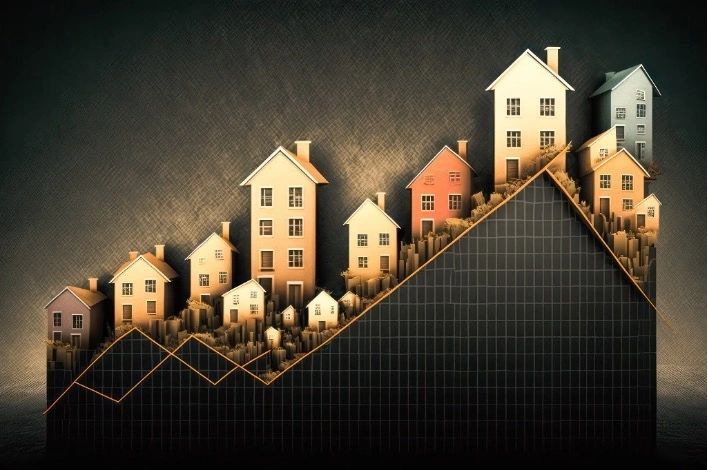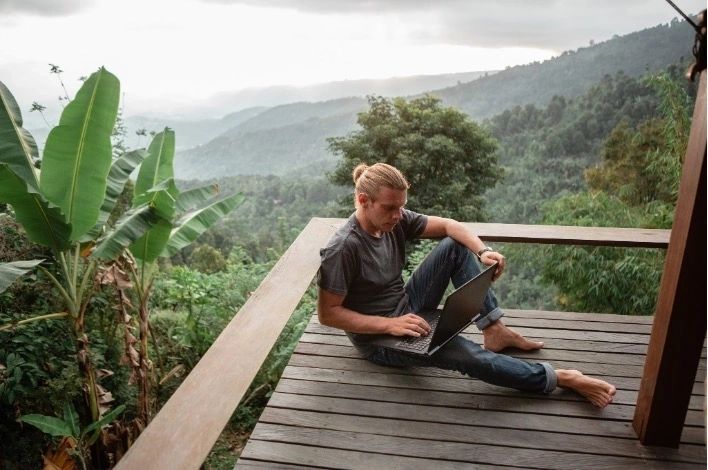As the first rays of sunlight peek over the horizon, cities worldwide awaken not to the hustle and bustle of morning commutes but to the soft hum of home-based workstations booting up. Remote work has evolved from a niche privilege to a mainstream movement in a few short years. It’s not just changing how we work—it’s reshaping the urban landscapes we call home.
Cities have long been designed around the traditional 9-to-5 work model. Skyscraper-packed business districts and congested commuter routes dictated the rhythm and geography of urban life. But the mass shift to remote work, accelerated by the COVID-19 pandemic, is revolutionizing these urban constructs.
One of the most palpable shifts is the ‘downtown decentralization’. With the office no longer a physical necessity, people are breaking free from the shackles of proximity. Residential preferences are shifting away from city centers towards suburban and rural areas, where larger living spaces, greener surroundings, and a lower cost of living offer a higher quality of life.

This migration trend is triggering a seismic shift in real estate dynamics. City centers are witnessing decreased commercial real estate demand, leading to abundant vacant spaces. Innovative solutions are emerging to repurpose these deserted office towers into residential units, mixed-use spaces, or urban farms, offering new opportunities for city rejuvenation.
Transportation infrastructures, traditionally burdened by peak-hour traffic, are also being upended. With fewer daily commutes, cities have an unprecedented opportunity to reimagine their transit systems and public spaces. Car lanes can give way to bike lanes, pedestrian zones, or green spaces, creating healthier and more sustainable urban environments.
Remote work is also influencing the urban social fabric. As workforces become geographically dispersed, local communities are gaining renewed significance. This shift calls for the reinvention of local amenities and social infrastructures, fostering the rise of neighborhood coworking spaces, shared amenities, and hyper-local retail and leisure facilities.

Moreover, the remote work revolution is not confined to the borders of a single city or country. It’s creating a global talent pool that empowers businesses to hire the best talent worldwide, challenging cities to compete globally for residents. To attract and retain this digital workforce, cities must offer good living conditions and robust digital infrastructures, fostering the rise of ‘digital nomad’ hubs.
However, the shift to remote work also carries challenges. A growing digital divide threatens to leave behind those without access to reliable internet and digital literacy. Additionally, maintaining community ties and a strong corporate culture becomes more complex without a physical workplace.
The remote work revolution reshapes urban development in ways we could hardly have imagined a few years ago. As we stand at the precipice of this new era, it’s clear that our cities must adapt to meet the demands of this evolving landscape. By embracing the opportunities and addressing the challenges posed by remote work, we can redefine urban life for the better, cultivating cities that are not only places of work but true homes for their residents.
– Stanislav Kondrashov


